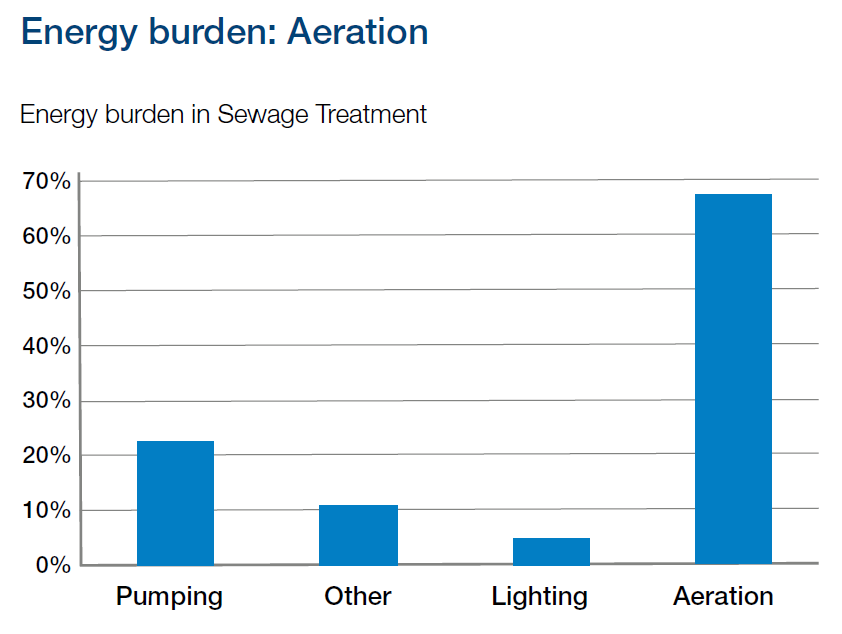Water Quality: Why Analytical Thinking Has Never Been More Important
Published on by Water Network Research, Official research team of The Water Network in Case Studies
Water Quality: Why Analytical Thinking Has Never Been More Important
Source: ABB Measurement & Analytics

In an era of increased scrutiny for delivering efficient and sustainable industrial practices, the maxim ‘you can’t manage what you don’t measure’ is well known to anyone, particularly those whose daily role revolves around monitoring and improving water quality.
In today’s fast-moving industrial world, the need to maximise efficiency and competitiveness whilst minimising energy and environmental impact are putting growing pressure on companies to have a full picture of what is happening at any given time, in any place and under any given set of operating conditions.
Take water quality, for example. Water utilities engaged in potable and wastewater treatment are expected to meet increasingly high standards for the supply and treatment of water, both to meet public expectations and to satisfy the requirements of ever more stringent environmental legislation.
The same applies to major industrial users of water. They must keep a close eye on both the quality and quantity of the water they are discharging in order to minimise the impact of their operations on surrounding watercourses.
For operators of power generation processes, there is the added need to safeguard against excessive build-up of contaminants, which, if left unchecked, can severely curtail both the efficiency and operational life of key plant components such as the boiler and steam turbines.
Continuous monitoring
Just like an out-of-date encyclopaedia, the drawbacks of traditional manual-based extractive sampling make it inherently unsuitable for a world demanding quick answers. The delays and uncertainties associated with manual sample collection, plus the fact that a sample could only ever be indicative of a particular moment in time, has steered users towards real-time analyzers looking to satisfy expanding operational and legislative requirements.
Continuous monitoring delivered by online digital analyzers can help to substantially reduce the chance of an environmental breach that could incur millions of dollars in fines and detrimentally affect the public image of your organisation.
Energy efficiency
Furthermore, it can also help to point the way towards greater efficiency. In the case of dissolved oxygen, for example, continuous monitoring has been proved to substantially improve aeration efficiency. With aeration accounting for over 65% of energy use in wastewater treatment processes, finding ways to improve efficiency through effective dissolved oxygen monitoring presents a golden opportunity to achieve significant cost savings, and reduced carbon footprint.
The reward for those who have made the shift is timely, accurate ‘always-on’ data and the ability to make informed decisions that can be put into action to improve plant or process performance. The growing need to be more accountable requires a new way of thinking – and is encouraging many water utilities and industrial users of water to make the switch to online measurement.

Energy burden in sewage treatment
Attached link
https://bit.ly/3YRhjb8Taxonomy
- Water Quality
- Test & Measurement
- Quality Maintenance
- Water Quality Management
- Measurement
- Water Quality Monitoring
- Quality & Environmental Management
- Measurement & Control Instrumentation
- Measurement Products
- Water Quality
1 Comment
-
Good Morning, Online water quality analyzers can help support water quality management and act as an early warning system for water utilities. However, most of the brands currently available in the market are not so reliable and/or accurate , as their manufacturers claim. They can't replace traditional "Grab" samples in the short run for many reasons. For examples , they do not analyze microbiological water quality , they can't differentiate b/w varios disinfection species ( Chl. or ClO2, for instance).